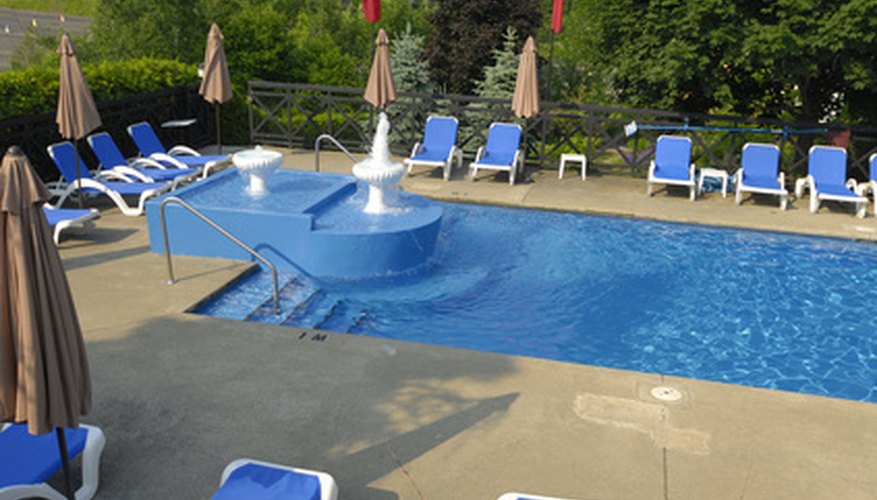Bacteria are one-celled microorganisms that can be found everywhere. They exist in the air, soil and water and can be found on plants, animals and humans. Not all bacteria are harmful. In fact, according to the Mayo Clinic, only about 1 per cent of the different types of bacteria cause disease. Disinfection is a process used to kill or limit the growth of bacteria and is necessary to prevent the spread of disease.
Bactericidal vs. Bacteriostatic
Disinfectants may be either bactericidal or bacteriostatic. Those that are bactericidal effect the growth of bacteria by killing them. Consequently, bactericidal disinfectants are used for the purpose of sterilisation. Heating is the most common method of sterilisation. Not all disinfectants possess the ability to sterilise. Bacteriostatic disinfectants are those that do not kill bacteria, but instead limit their growth to a number that is insufficient to cause disease. Some disinfectants may be bactericidal at high concentrations but bacteriostatic at lower concentrations.
- Disinfectants may be either bactericidal or bacteriostatic.
- Bacteriostatic disinfectants are those that do not kill bacteria, but instead limit their growth to a number that is insufficient to cause disease.
Physical vs.Chemical
Because disinfectants are far too harsh for use on living tissues, such as human skin, their use is limited to controlling the growth of bacteria on nonliving surfaces. Disinfectants may be either physical or chemical. Ultraviolet light and heat are examples of physical disinfectants. Chemical disinfection, as the name implies, employs the use of chemicals for killing or limiting the growth of bacteria. A variety of chemicals are available for use as disinfectants.
- Because disinfectants are far too harsh for use on living tissues, such as human skin, their use is limited to controlling the growth of bacteria on nonliving surfaces.
Physical Disinfectant Effects
Physical disinfectants include ultraviolet radiation, desiccation and heat. Ultraviolet rays, like those emitted by the sun, effect bacterial growth by altering bacteria’s DNA to the extent that the microorganisms are unable to replicate. Desiccation is synonymous with drying. All bacteria need moisture to survive. The removal of moisture causes the bacteria to shrivel up and die. Heat is a valuable, readily available and inexpensive physical disinfectant that kills bacteria. Boiling, burning, dry heat and steam are ways in which heat is used to disinfect.
- Physical disinfectants include ultraviolet radiation, desiccation and heat.
- The removal of moisture causes the bacteria to shrivel up and die.
Chemical Disinfectant Effects
Chemical disinfectants affect bacterial growth by attacking various cellular components required by the organism to survive and reproduce. Most chemical antibacterial agents work by denaturing proteins (altering their chemical structure) or disrupting the cell membranes of the bacterial cells. Chemicals used as disinfectants may be gases or solutions. Common chemical disinfectants include halogens such as chlorine and iodine, alcohol, phenols (found in household disinfectant sprays) and oxidisers, such as hydrogen peroxide and ozone.
- Chemical disinfectants affect bacterial growth by attacking various cellular components required by the organism to survive and reproduce.
- Most chemical antibacterial agents work by denaturing proteins (altering their chemical structure) or disrupting the cell membranes of the bacterial cells.
Factors Influencing Effects
Numerous factors influence a disinfectant’s effect on bacterial growth. One factor is the type of bacteria present. Some bacteria, such as those that cause tuberculosis, are more difficult to inhibit than others. Time is another consideration when using disinfectants. Some disinfectants have the ability to kill microorganisms quickly while others require more time to act. The physical characteristics of the object being disinfected are significant, as well. For example, the use of ultraviolet light as a disinfectant is limited to smooth surfaces because the rays are unable to effectively penetrate those that are porous.
- Numerous factors influence a disinfectant’s effect on bacterial growth.
- Some disinfectants have the ability to kill microorganisms quickly while others require more time to act.
